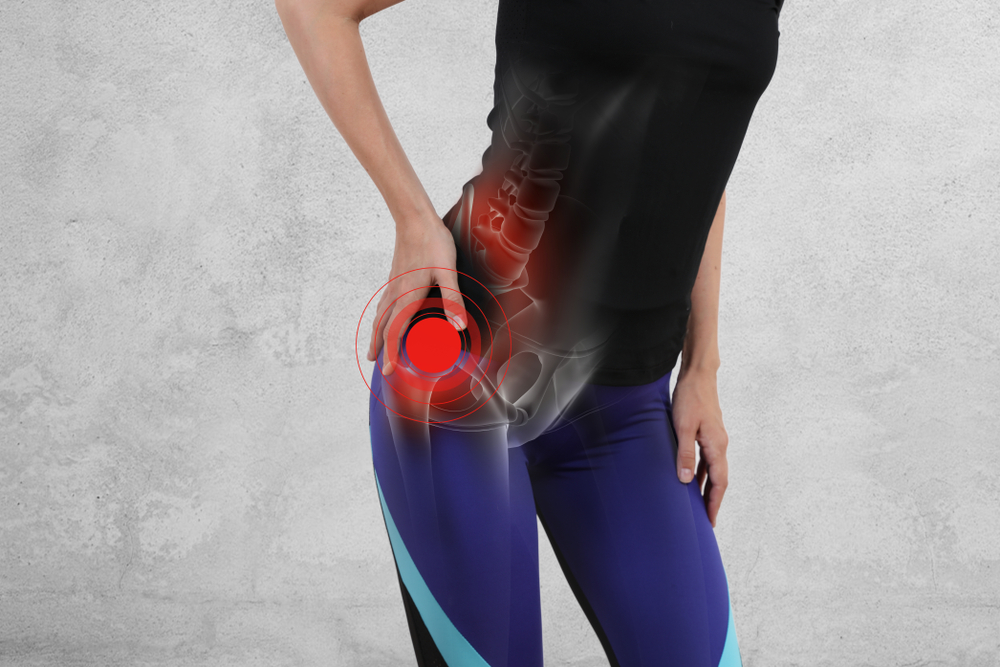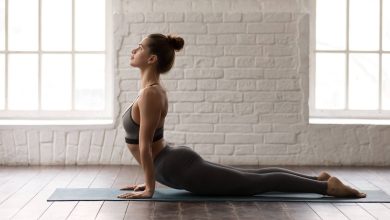Best Exercises To Do Before A Hip Replacement

Regular exercise is the key to maintain a healthy body. In case a person is scheduled for a hip
replacement surgery, doing mild exercises may help in improving mobility and speed
recovery before the surgery may aid in recovery.
The exercises before the hip replacement
surgery help in enhancing hip mobility, strengthen hip muscles, controls pain, reduce weight
and improve sleep. With so many benefits, it is better to follow an exercise regimen
suggested by the orthopedic surgeon and physiotherapists.
This post lines some of the
common exercises that can be performed before a hip replacement surgery. One can consult
the doctor of a top hip replacement hospital in India and follow it precisely.
What is a hip replacement?
A hip replacement is a type of surgical procedure which is performed to remove the damaged
area of the hip joint and replace it with metal, ceramic or plastic joints. The most common
reason for a hip replacement includes osteoarthritis, damage cartilage that covers the ends of
the joint that is required for smooth movement.
Hip replacement surgery is an option when a
person has profound hip pain that affects the day-to-day quality of life. Doctors also suggest
hip replacement when the non-surgical treatments fail.
Why should one perform an exercise before surgery?
The term “prehab” is common nowadays. Pre refers to before while “hab” means
rehabilitation. Prehab includes elements like nutrition and workouts before surgery is done.
Prehab exercises before the surgery help to enhance the outcome after surgery by improving
the strength of the muscles one has to use after the surgery.
Studies have revealed that hip
surgery patients who have undergone prehab showed 75 percent less need for inpatient care
after the surgery. The enhanced strength makes it facile to start walking soon after surgery.
Here are some prehab exercises to make post-surgery recovery fast and simple:
Upper Extremity Exercises
Once the surgery is over, one will probably spend a lot of time on crutches or using a walker
during recovery. Both the mobility aids require upper arm strength which one can build with
the following exercises
Bicep Curls
● To perform bicep curls one has to stand with their feet hip-width apart on an exercise
band and hold one end loop in each hand
● Lower the arms to a starting position which is near the abdomen and then bring hands
up to your shoulders by bending the elbows and keeping the upper arms on sides.
● Hold for 5 seconds and return to starting position
● Perform 10 repeats
One can also perform the same exercise in a sitting position
● Sit straight in a sturdy chair with the exercise band under the feet and hold each end in
each hand
● Lower the arms to a starting position near the abdomen and then bring the hands up to
the shoulders by bending your elbows while pulling the band.
● Hold the position for 3 to 5 seconds and return to starting position
● Perform about 10 repeats of the exercise.
Seated Chair Press Ups
The seated chair ups also enhance arm strength
● To perform seated chair ups sit down in a sturdy chair that has sturdy armrests and no
wheels.
● Keep the palms flat on the armrest and apply downward pressure to lift the butt off the
chair
● Hold the position for 3 to 5 seconds and then bend the elbows to slowly lower the
back and return to starting position.
● Perform 10 repetitions
Elbow extensions
● Sit in a sturdy chair and use the resistance band by holding one end in one hand by
extending the arm
● Grasp the loose end of the resistance band in the other hand keeping the right arm
elbow bent.
● Straighten the right arm, pulling the band back while holding steadily with the left
hand
● Hold the position for 3 to 5 seconds and return to starting position
● Perform 10 repetitions in each hand.
Lower Extremity Exercises
The lower extreme exercises help to strengthen the hip and leg muscles.
Ankle Pumps
Ankle pumps enhance circulation and result in blood flow, both of which promote fast
healing and prevent blood pooling.
● Lay down on the back on a flat surface
● Let the toes face towards the ceiling and start flexing the foot up and then down
● Repeat the same at a quick pace
● One can perform the exercise in both the ankles
Quad Sets
Quad sets also enhance circulation and improve blood flow, while strengthening the front
muscles of the leg. This exercise also helps in fast healing and speedy recovery.
● Lie flat on your back on a flat surface
● Place a rolled towel or small pillow under the knee
● Push down with pressure while tightening up quads or the thigh muscles
● Hold the position for 3 to 5 seconds and return to starting position
● Repeat the same 10 times
Also Read : ED – How to overcome impotence
Gluteal Sets
The gluteal set is a simple exercise that involves squeezing the butt. The squeezing and
releasing increases blood circulation strengthens the hips and helps to stabilize hip movement
post-surgery.
● lay down flat on a smooth surface
● Tightly squeeze glutes or the butts
● Hold the position for five seconds
● Relax and perform 10 repeats of the exercise
Heel Slides
The heel slide exercise strengthens the upper thigh muscles and builds knee flexion.
● Lay flat on the back on a smooth surface
● Slide the heel up towards the butt by bending the knee
● Hold for 5 seconds
● Hold the position for five seconds
● Relax and perform 10 repeats with each leg.
Bottom line
Some simple exercises that don’t exert much pressure on the hip can be performed before
undergoing hip surgery, but it is best to confirm with the doctor first.



